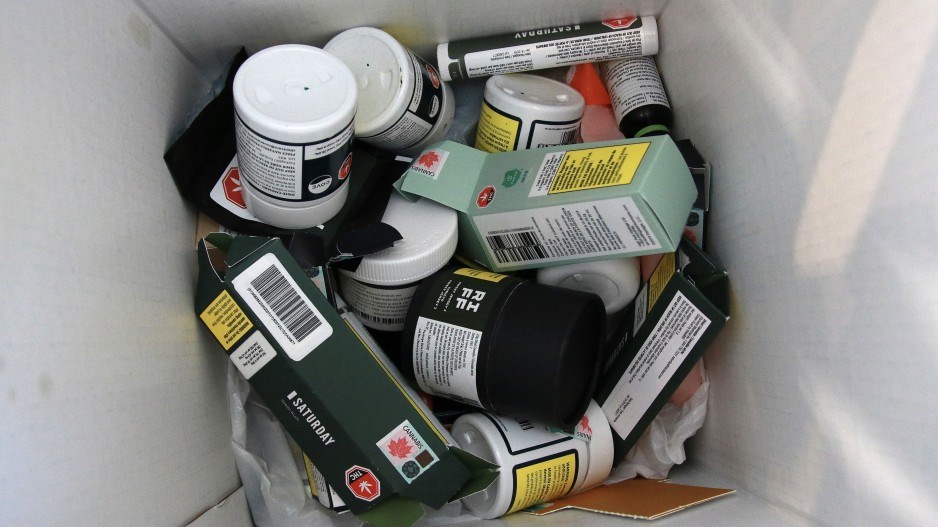Younger Canadians are more than twice as likely to use cannabis as those aged 45 years and older, according to Statistics Canada's annual survey on cannabis use, released this morning.
The nation's number cruncher found that last year 38.4 per cent of Canadians aged 18 to 24 years consumed cannabis while 34.5 per cent of Canadians aged 25 to 44 years consumed the drug. That percentage plummeted to 15.5 per cent, when Canadians aged 45 and older were asked if they consumed cannabis.
Younger cannabis consumers were also more likely to use the drug more often.
Statistics Canada found 8.7 per cent of Canadians aged 18 to 24 reported consuming cannabis daily, or almost daily. That proportion was 10.3 per cent for those aged 25 to 44 years, and fell to 4.8 per cent for those aged 45 and older.
"Among adults aged 45 years and older, men (six per cent) were more likely to use cannabis daily than women (3.6 per cent), while no gender differences were found for adults younger than 45 years," the government survey found.
Parliament passed its Cannabis Act in 2018, after many amendments and back-and-forth between the House of Commons and the Senate. The government made it legal for licensed retailers to sell dried cannabis, fresh cannabis, cannabis oil, cannabis plants and cannabis seeds. A year later, it expanded legal sales to include cannabis extracts, edibles and topicals.
Cannabis products' potency levels vary. Different kinds of products lead to different experiences, with different onset times and lengths of of time when consumers are able to feel effects.
Statistics Canada's survey found that across all age groups, the two most commonly cited product types used in the 12 months preceding the survey were dried leaf or flower (62.1 per cent) and cannabis edibles (57.1 per cent).
Younger respondents were more likely to say that they have used vape pens and cartridges, cannabis extracts and concentrates, cannabis beverages, dried leaf or flower, and edible cannabis.
Older users, in contrast, were more likely to say that they used cannabis topicals and oral cannabis oils than were younger respondents.
For cannabis consumers aged 25 years and older, dried leaf or flower products were used more commonly among men (70.2 per cent) than women (48.4 per cent), and edible cannabis products were more commonly used among women (62.7 per cent) than men (51.9 per cent), according to Statistics Canada.
These gender differences were not present for young adults aged 18 to 24 years, the nation's number cruncher said in its report.
High taxes that flow to the federal and provincial governments have been a bugbear of the industry since the legal regime launched. In 2019, Statistics Canada's estimate was that legal cannabis cost consumers 65-per-cent more than black-market products.
That price differential provided an incentive for many to continue to buy unlicensed products.
The industry has long been lobbying for the government to alter how it levies excise taxes, because the flat-rate tax of $1 per gram is significantly higher in percentage terms than the government originally intended. The tax was meant to be approximately 10 per cent of the product price, because the expectation was that grams of cannabis would cost $10. With grams now selling for $4, the tax is often around 25 per cent. BIV has covered cannabis sector executives arguing that this tax is unfair.
"I don't think anyone ever estimated that the black market would be going away on Day 1, or even by Year 5 of legalization," Deepak Anand, a cannabis consultant and principal at ASDA Consultancy Services, told BIV in October.
"There has been a shift toward people consuming and getting access to cannabis from legal channels so I think momentum is trending in the right direction."
Indeed, this morning's survey found that among those who used cannabis in the 12 months before the survey, 71.7 per cent bought exclusively from legal sources.
The main reasons respondents cited for buying legal cannabis was product safety (38 per cent), convenience (16.9 per cent) and a desire to follow the law (12.9 per cent).




